Arthritis in Kids
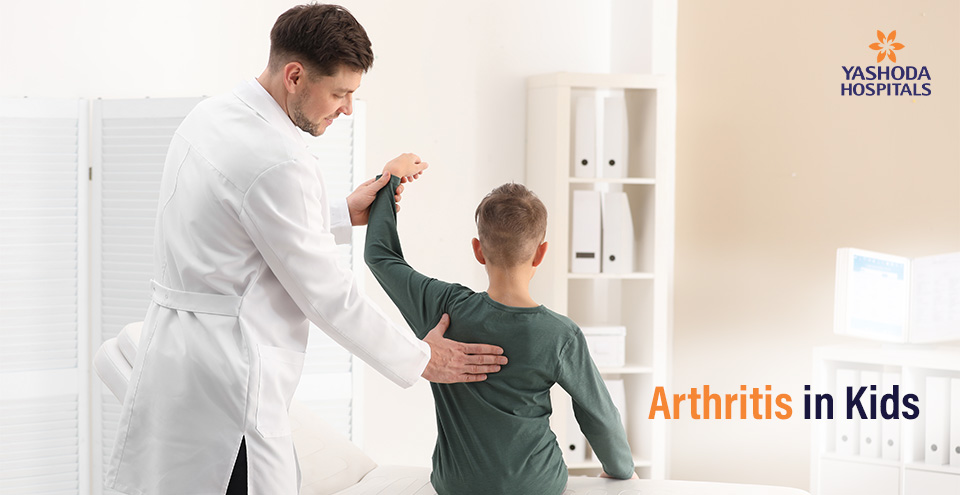
At a Glance:
1. What is juvenile rheumatoid arthritis or juvenile idiopathic arthritis or arthritis in kids?
2. What are the symptoms of juvenile rheumatoid arthritis?
3. What are the types of juvenile rheumatoid arthritis?
4. What are the causes of juvenile rheumatoid arthritis?
5. What are the risk factors of juvenile rheumatoid arthritis?
6. What are the complications of juvenile rheumatoid arthritis?
7. How do doctors diagnose juvenile rheumatoid arthritis?
8. What is the treatment of juvenile rheumatoid arthritis?
9. How can families and children with juvenile rheumatoid arthritis cope with the condition?
10. How should one choose a facility for the treatment of juvenile rheumatoid arthritis?
What is juvenile rheumatoid arthritis (JRA) or juvenile idiopathic arthritis (JIA) or arthritis in kids?
Juvenile idiopathic arthritis, also known as juvenile rheumatoid arthritis is a type of arthritis characterized by persistent joint pain, swelling, and stiffness in children below 16 years. Symptoms may persist for some only for a few months, while for others it may continue for the rest of their lives.
Considering that juvenile rheumatoid arthritis affects bones of children in the first stages, sometimes it may result in serious complications like long term joint damage, growth problems, and eye inflammation. The overall prevalence of juvenile rheumatoid arthritis in India is estimated to be between 0.07 to 4.1 per 1000 children.
What are the symptoms of juvenile rheumatoid arthritis?
Juvenile idiopathic arthritis can affect a single joint or many simultaneously. It presents with the following common signs and symptoms:
- Pain and stiffness in the joints: Knees, hands, feet, ankles, shoulders, elbows become painful and stiff, mostly in the morning or after the child awakes from a nap. Sometimes, parents may notice a limp when the child walks, even if there is no complaint of pain. There may be some clumsiness due to stiffness as the child awakes in the morning or after a nap.
- Swelling in the joints: Often noticed first in the larger joints such as the knee, swelling may become evident in other joints as the condition progresses further.
- Fever, rash and lymph node enlargement: High fever, presence of redness or rash on the trunk region and enlargement of lymph nodes may happen in certain cases. Characteristically, this usually gets worse in the evenings.
- Some of the other complaints often presented by children with JIA are:
- Inflammation in the eyes
- Feeling of warmth and red appearance of a joint
- Decreasing ability to use one or more joints
- The feeling of tiredness or fatigue
- Slowing down of growth, poor weight gain, and poor appetite
What are the types of juvenile rheumatoid arthritis?
There are several different subtypes of juvenile rheumatoid arthritis. Which type does a child have, primarily depends on the presenting symptoms, the number of joints involved, and the presence of fever and rashes as prominent associated features. The timing of appearance and disappearance of symptoms also decides the disease classification. The main classification categories are:
Systemic onset juvenile rheumatoid arthritis: One or more joints get affected in this type. It is usually associated with high fever and a skin rash. As the term “systemic” implies, there is usually involvement of multiple organ systems. Simultaneous inflammation of many internal organs like heart, lymph nodes, liver, and spleen may be present. Systemic onset juvenile rheumatoid arthritis less common to others, affecting 1 in 10 children with the condition.
Oligoarticular juvenile rheumatoid arthritis: This type of arthritis is characterized by the number of joints getting affected in the specified duration of time, usually 1 to 4 joints in the first 6 months of the onset of the condition. If after 6 months no more joints get involved, it is termed “persistent”, and it is termed as “extended” if there is an involvement of more joints after 6 months.
Polyarticular juvenile rheumatoid arthritis: Within the first 6 months of disease, 5 or more joints get affected in this type of juvenile rheumatoid arthritis. According to the presence or absence of rheumatoid factor, this type is further categorized into polyarthritis rheumatoid factor negative and polyarthritis rheumatoid factor positive.
Enthesitis-related juvenile rheumatoid arthritis: A child in such a case may have arthritis as well as enthesitis, which is an inflammation of the entheses, i.e the sites where tendons or ligaments insert into the bone. This type of condition often affects the hips, knees, and feet.
Psoriatic juvenile rheumatoid arthritis: Here, the child may have both arthritis and psoriasis, a condition of the skin characterized by red, scaly areas.
Undifferentiated juvenile rheumatoid arthritis: Arthritis with a mixed presentation and symptoms of two or more types of juvenile rheumatoid arthritis as described above. In certain cases, the symptoms may be obscure, i.e they might not match any type of juvenile rheumatoid arthritis.
What are the causes of juvenile rheumatoid arthritis?
Juvenile rheumatoid arthritis or juvenile idiopathic arthritis occurs due to the response of a person’s immune system that attacks the body’s cells and tissues. It is not yet scientifically evident why this happens but scientists believe that heredity and environmental factors may have a role to play. Mutations in certain genes may increase a person’s susceptibility to external triggers of the disease like viruses.
What are the risk factors of juvenile rheumatoid arthritis?
While there are no specific risk factors, it is believed that some forms of juvenile rheumatoid arthritis may be more common in females.
What are the complications of juvenile rheumatoid arthritis?
Juvenile rheumatoid arthritis if left unattended and untreated may lead to several complications like:
- Complications of the eye: Inflammation or uveitis of the eye is seen commonly in some forms of JRA. If left untreated, it may progress into irreversible eye conditions like cataracts or glaucoma and even blindness in some cases.
Sometimes the inflammation within the eye may not manifest itself as any symptoms. It is therefore important that children with JRA be examined by an ophthalmologist at regular intervals.
- Complications of growth and development: JRA can adversely affect the growth and development of the bone of the affected child. Medications like corticosteroids that are used for the treatment of JRA may also have an inhibitory side effect on the child’s growth.
How do doctors diagnose juvenile rheumatoid arthritis?
Considering that joint pain may be caused due to a variety of underlying problems, diagnosing juvenile rheumatoid arthritis can be difficult at times. Diagnosis is made based on medical history, physical examination, and medical tests. In the absence of a single confirmatory test to diagnose the condition, multiple tests may have to be performed to rule out certain other conditions having similar signs and symptoms.
Some of the commonly performed tests are:
Blood tests: Some common blood tests for suspected cases include:
- Anti-nuclear antibody: People with certain autoimmune diseases like arthritis produce certain proteins called theanti-nuclear antibodies. The presence of these proteins is a biological marker that indicates an increased chance of eye inflammation.
- C-reactive protein: Yet another test that helps to measure the extent of general inflammation in the body. The difference between ESR and C-reactive protein is the scale used for measurement.
- Cyclic citrullinated peptide (CCP): Apart from RA,children with JRA may often show the presence of another antibody in their blood called CCP.
- Erythrocyte sedimentation rate (ESR): This test is done to determine the speed at which the red blood cells settle to the bottom of a tube of blood. Inflammation is usually suspected when this rate of settlement is elevated. The value of ESR indicates the degree of inflammation.
- Rheumatoid factor: Children with JRA may often show the presence of an antibody in their blood called rheumatoid factor.
These tests may not always be conclusive, as, in many children with JRA, the tests may have normal results.
- Imaging tests: Imaging in cases of juvenile rheumatoid arthritis may be done at the time of diagnosis to determine the extent of bone involvement and rule out other conditions like fractures, tumors, infections or congenital defects. Imaging is also done periodically to monitor the development of bone and the extent of joint damage after the diagnosis is done. Some of the common imaging tests are:
- Bone scan: This test is performed using a small amount of radiation to highlight the metabolic problems of the bones using a scanner.
- CT scan: Detailed images of bones, muscles, fat, and organs can be made using CT scans to identify the extent of damage and rule out other conditions.
- MRI: Large magnets and a computer are used in this test to obtain high-resolution pictures of organs and structures in the body. The purpose of an MRI is also to identify the extent of damage and rule out other conditions.
What is the treatment for juvenile rheumatoid arthritis?
The main objective of treatment for juvenile rheumatoid arthritis is to support a child to maintain a normal extent of physical and social activities. For achieving this objective, rheumatologists often combine different therapeutic options to achieve pain relief, control swelling, maintain full movement and strength of the joints, and prevent the development of any complications. Some therapeutic options are:
Medication management: Some of the frequently advised medications include
- Nonsteroidal anti-inflammatory drugs (NSAIDs): These medications are used primarily to reduce pain and swelling.
- Disease-modifying antirheumatic drugs (DMARDs): Rheumatologists use these medications when NSAIDs fail to yield intended results like symptomatic relief from joint pain and swelling. They are also used in situations where there is a high risk of damage in the future.
The main objective behind using DMARDs is to slow the progress of juvenile rheumatoid arthritis.
- Biologic agents: A new class of drugs called biologic response modifiers, includes agents like tumor necrosis factor (TNF) blockers. Depending on their type, these medications can help in two ways namely:
- Reduce systemic inflammation and prevent further joint damage
- Suppress the immune system
-
Corticosteroids Medications such as prednisone may be used to control symptoms until another medication takes effect. They are also used to treat inflammation when it is not in the joints, such as inflammation of the sac around the heart (pericarditis).
These drugs can interfere with normal growth and increase susceptibility to infection, so they generally should be used for the shortest possible duration.
-
Supportive therapies: A rheumatologist may advise that an affected child may benefit from physical therapy that helps in keeping joints flexible and maintaining a range of motion and muscle tone.
A physical therapist or an occupational therapist may further advise a personalized plan to include the most suitable exercise and protective equipment like joint supports or splints for the child. Protective equipment help in protecting the joints and keeping them in a good functional position.
Surgery: In very severe but rare cases, surgery may be recommended to improve the position of an affected joint.
How can families and children with juvenile rheumatoid arthritis cope with the condition?
Support from parents and family members plays a very vital role in helping a child with juvenile rheumatoid arthritis in coping with the condition. Parents can help the child in the following ways:
- The affected child should be treated like other children in the family as much as possible to ensure they develop a complex related to their condition.
- Children with juvenile rheumatoid arthritis should be encouraged to express their feelings like anguish and anger about their condition. It would be helpful to explain that the disease occurs due to natural causes over which no one has control and not by anything that the child did.
- The affected child should be encouraged to participate in physical activities after taking advice from the treating rheumatologist and physical therapist.
- It is generally good to discuss the condition of the child and the related issues with the child’s teachers and administrators at school for them to be able to deal with them in the best possible way
Lifestyle and home remedies: Self-care techniques to help in curbing the effects of juvenile rheumatoid arthritis can be taught to the affected child by the caregivers. Some of the lifestyle techniques include:
- Regular exercise and therapy: Children with juvenile rheumatoid arthritis need to engage in advised physical exercise and therapy to promote muscle strength and maintain the flexibility of the joints flexibility. Swimming is considered to be an excellent choice due to its least stress on joints.
- Cold or heat application: Many children with juvenile rheumatoid arthritis experience stiffness of joints, particularly in the morning time. Depending on their response to cold or hot packs, the pack may be applied as and when required or a hot bath or shower may be taken.
- Nutrition: Considering thatsome children with juvenile rheumatoid arthritis may have poor appetites, they may become underweight. Alternately, some children may put on weight as a side effect of medications or physical inactivity due to pain. A healthy, nutritious diet in consultation with a dietitian may be considered for children with juvenile rheumatoid arthritis to maintain appropriate body weight.
Such children also need an adequate amount of calcium in the diet due to an increased risk of developing osteoporosis or weak bones because of the disease itself or as a side effect of medications like corticosteroids.
How should one choose a facility for the treatment of juvenile rheumatoid arthritis?
Early aggressive treatment of juvenile rheumatoid arthritis is the key to getting the disease under control as quickly as possible. The treatment of juvenile rheumatoid arthritis requires a multidisciplinary approach and it may vary depending on the type of disease and severity. Hence it is imperative that the disease is not only diagnosed early but is also managed with a well-rounded plan that includes medication, complementary therapies, and healthy lifestyle habits. Interdisciplinary specialists like rheumatologists, orthopedic surgeons, and physical medicine and rehabilitation are often required to plan and execute a plan for the comprehensive care and well-being of the child. Hence care must be sought at a centre which is not only equipped with the required infrastructure and availability of diagnostic tests but also has experienced rheumatologists in managing such conditions.
The Center for Rheumatology for Joint Diseases at Yashoda hospital has one of the largest and most experienced practice in southern India. The hospital is supported by well-equipped rheumatology and orthopedic department along with a dedicated physiotherapy department to help the arthritis patients. The staff at our hospital are skilled in dozens of specialties and they work together to ensure quality care and successful recovery.
Conclusion:
Juvenile rheumatoid arthritis is a type of arthritis that is seen commonly in children below 16 years of age. The disease is caused due to an autoimmune response that results in joint inflammation and stiffness, lasting for more than 6 weeks. A few or many joints may get simultaneously affected. Juvenile rheumatoid arthritis may affect multiple organs with inflammation, thereby leading to generalized symptoms all over the body. The condition is usually manifested by some common symptoms like stiff, swollen, painful, warm and red joints. Treatment is mostly conservative that includes a multi-pronged approach with varying therapeutic combinations of medicines, physical therapy, lifestyle modifications like healthy eating and exercise, eye exams, and rest. Treatment of juvenile rheumatoid arthritis should be undertaken only at a high volume center of excellence with all required facilities under the same roof to ensure early treatment and intervention.
Reference:
- Mayo Clinic. Juvenile idiopathic arthritis. Available at: https://www.mayoclinic.org/diseases-conditions/juvenile-idiopathic-arthritis/symptoms-causes/syc-20374082. Accessed on January 18th, 2019
- Stanford’s children’s health. What are the types of juvenile rheumatoid arthritis?. Available at https://www.stanfordchildrens.org/en/topic/default?id=juvenile-idiopathic-arthritis-90-P01722. Accessed on January 18th, 2019
- Pediatric Research Info. Study of clinical spectrum of juvenile idiopathic arthritis in children in a tertiary referral hospital. Available at . Accessed on January 18th, 2019




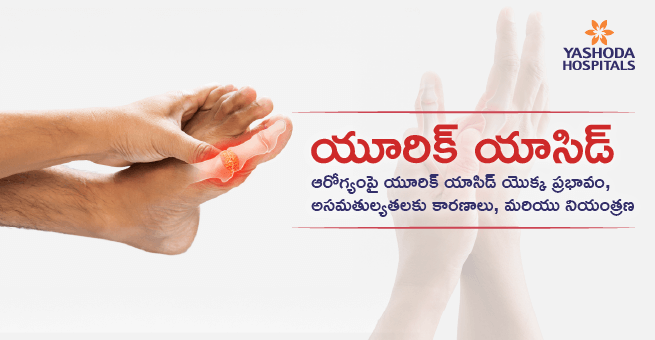
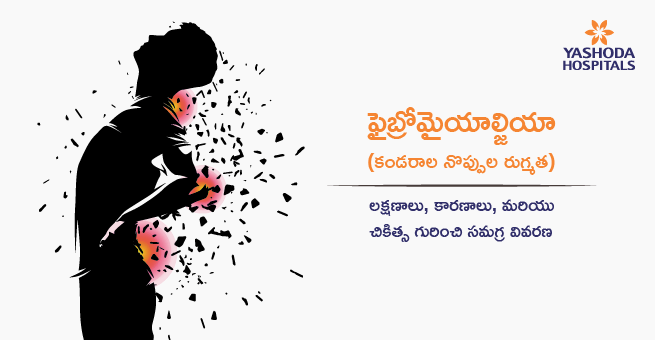
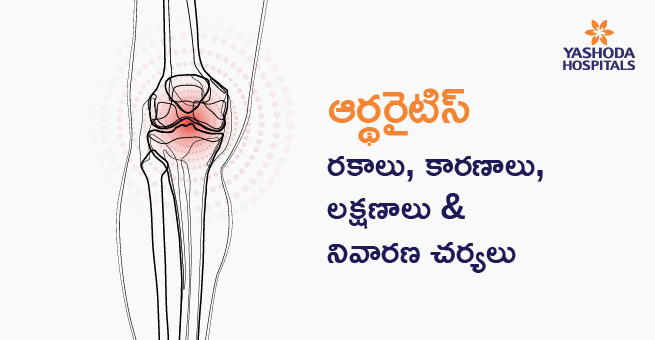
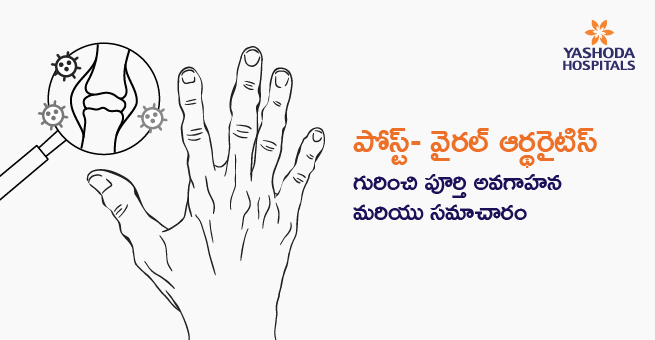
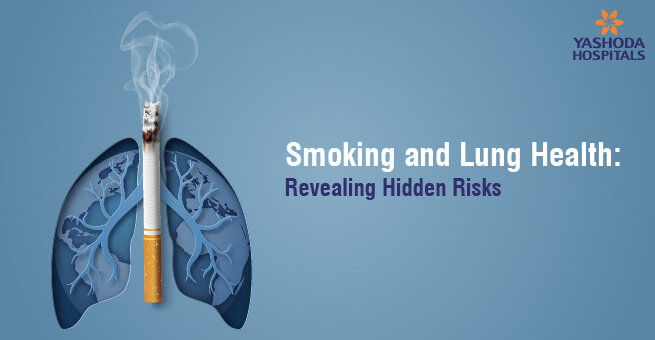

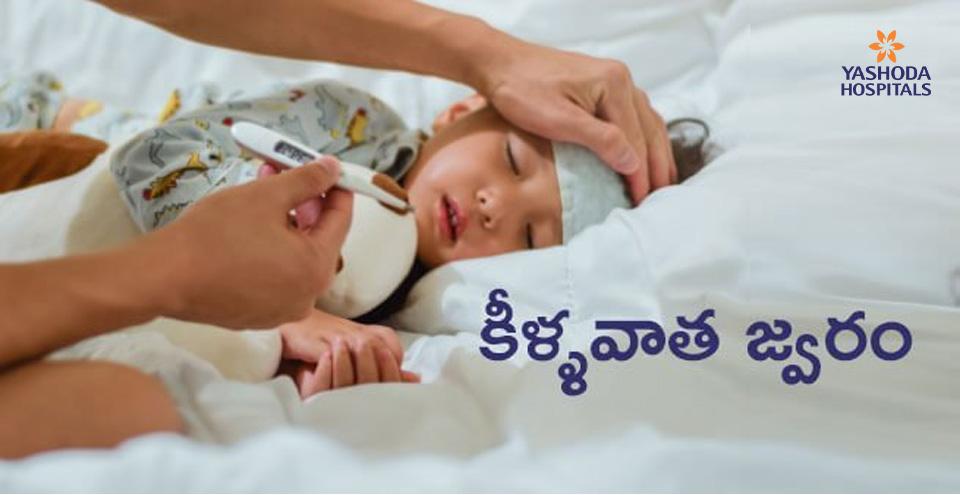
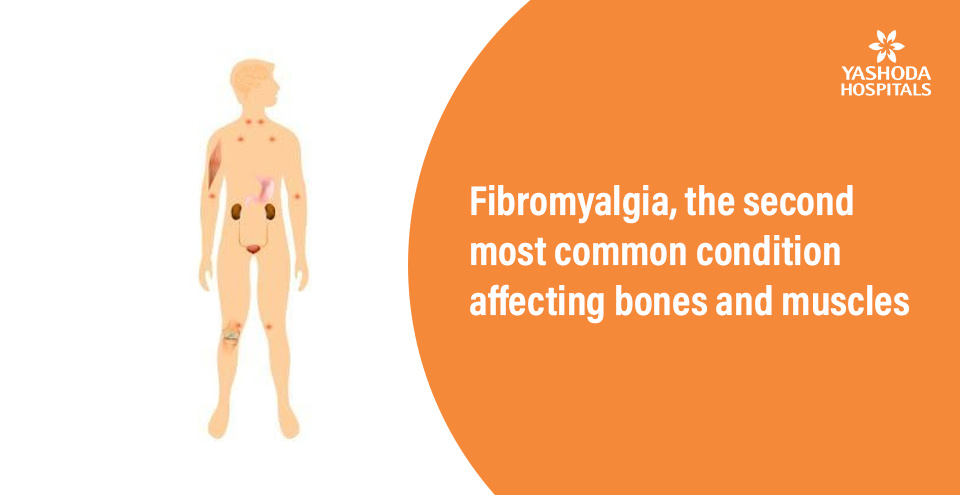
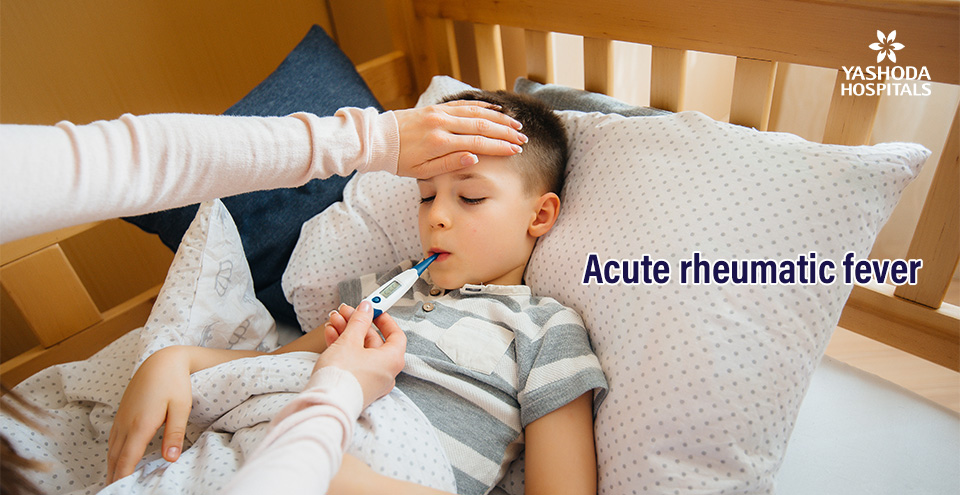
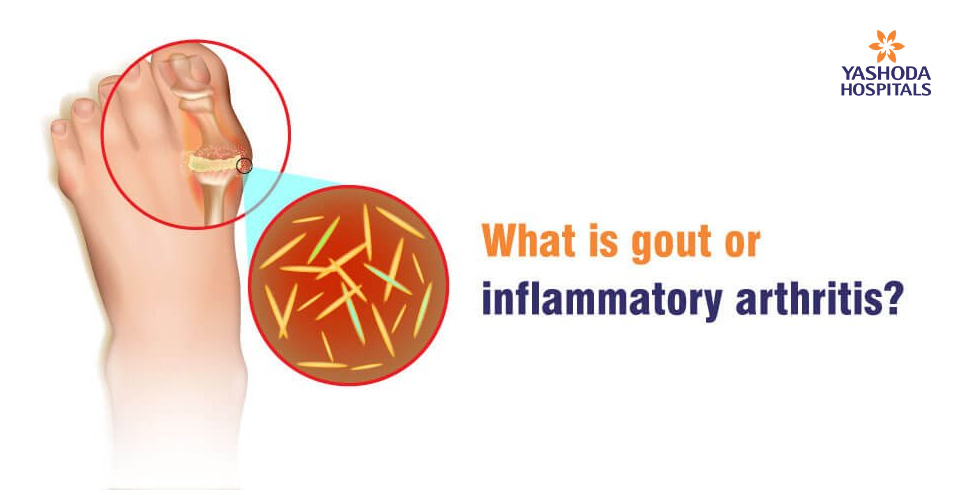
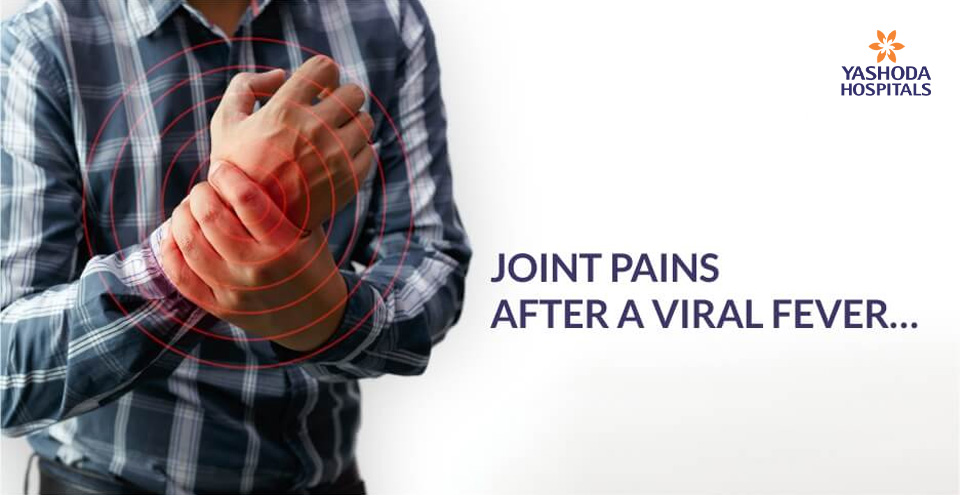
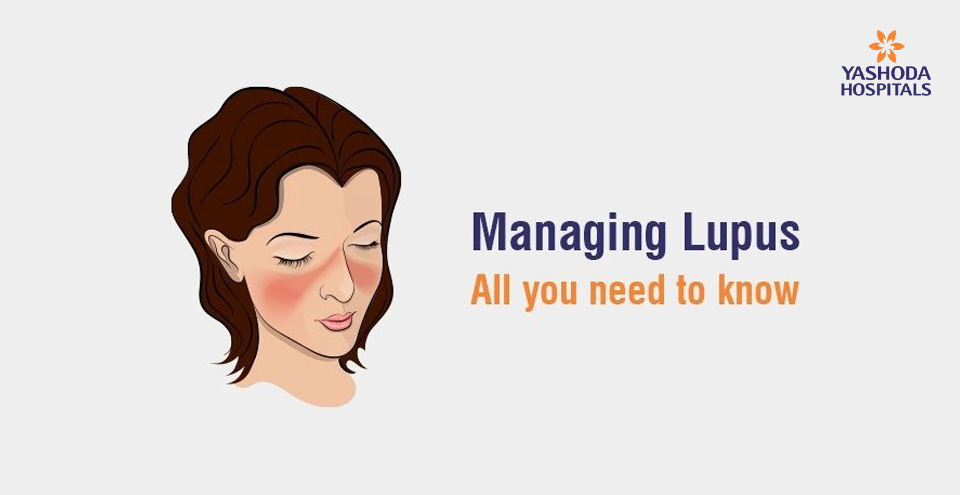
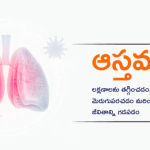
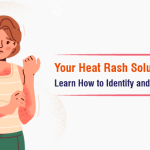
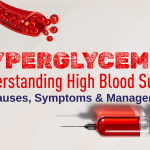

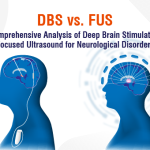
 Appointment
Appointment WhatsApp
WhatsApp Call
Call More
More

